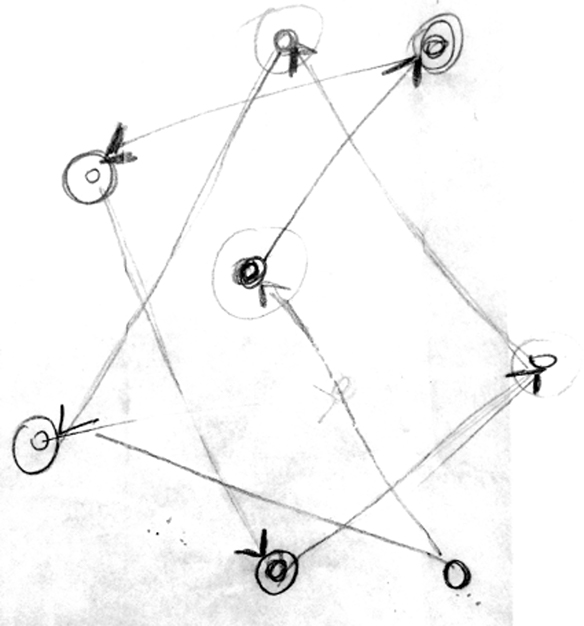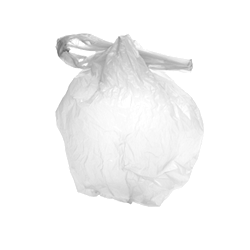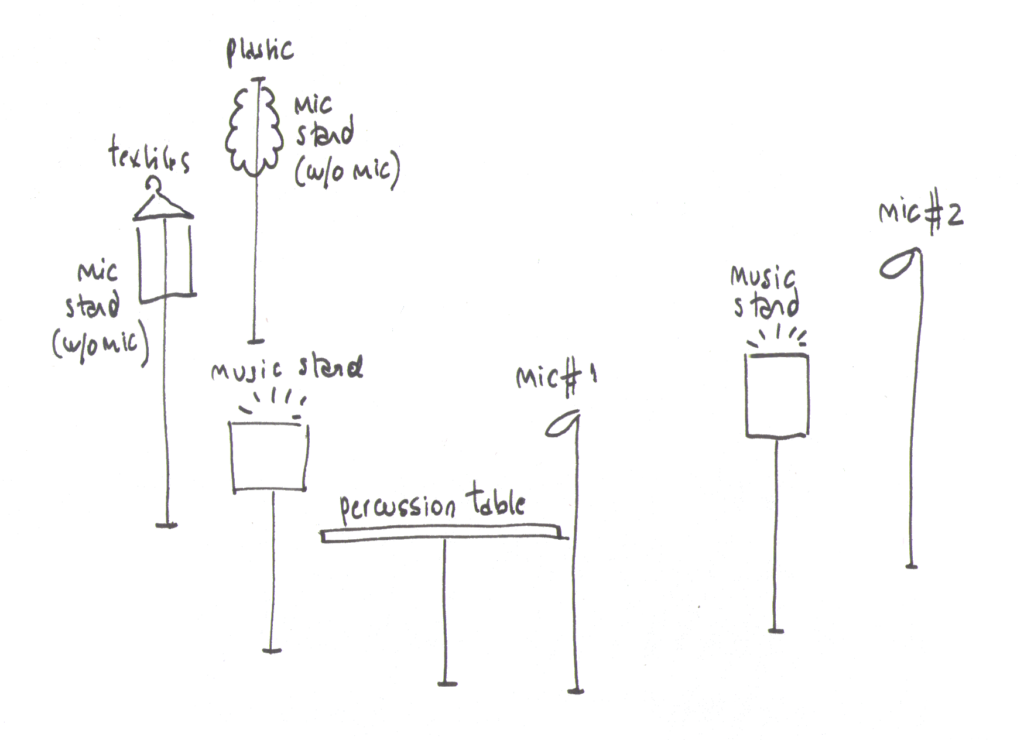Tissue (2019)
for orchestra
1st prize Rychenberg Competition, Winterthur, Switzerland
Based on the photo series “Wounds of violence” by Adél Koleszár.
The human skin has its sonic representation on the whole orchestra like a flexible and elastic body, represented by big percussion instruments: timpani, thunder sheet, bass drum, lion’s roar, and tam-tam Big surfaces of skin, wood, metal, string and paper are hit, rubbed, stroked, scratched, and touched with the fingers by the percussionists, echoed by the rest of the orchestra. It is a “concerto” for big surfaces, where the soloists are not only the percussionists but “the matter itself.” The orchestra doesn’t play “around” or “with” the players but “inside”: in an implosive gesture, the percussionists “swallow” the orchestra which is playing from the heart of their matter. The orchestral tissue expands and contracts in various levels: density (from solos to full divisi), rhythm, and tone division (going from small microtones to wide intervals). Ornaments and microtones in this piece are used mainly to create textures, crafting the sound from “inside out” and modeling micro-variations. As a cantus firmus, Tissue uses a traditional Mexican song, “La llorona (The weeping woman”) close to the spirit of Adél Koleszár’s geographical and emotional landscapes. Lyrics refer to romantic love, mainly as suffering and death, and women as an object to be deathly loved and consequently disposed of.
• Audio
• Video (version 1)
• Video (version 2) final Rychenberg competition
• Video explanations (percussion extended techniques)
• Comments about the piece by C. Arditto
• Press
Send download link to:
Related works:
• Música invisible for flute (2003)
• Palabras / Words (2005)
• Life on Mars (2016)
• The dearest dream (2018)


